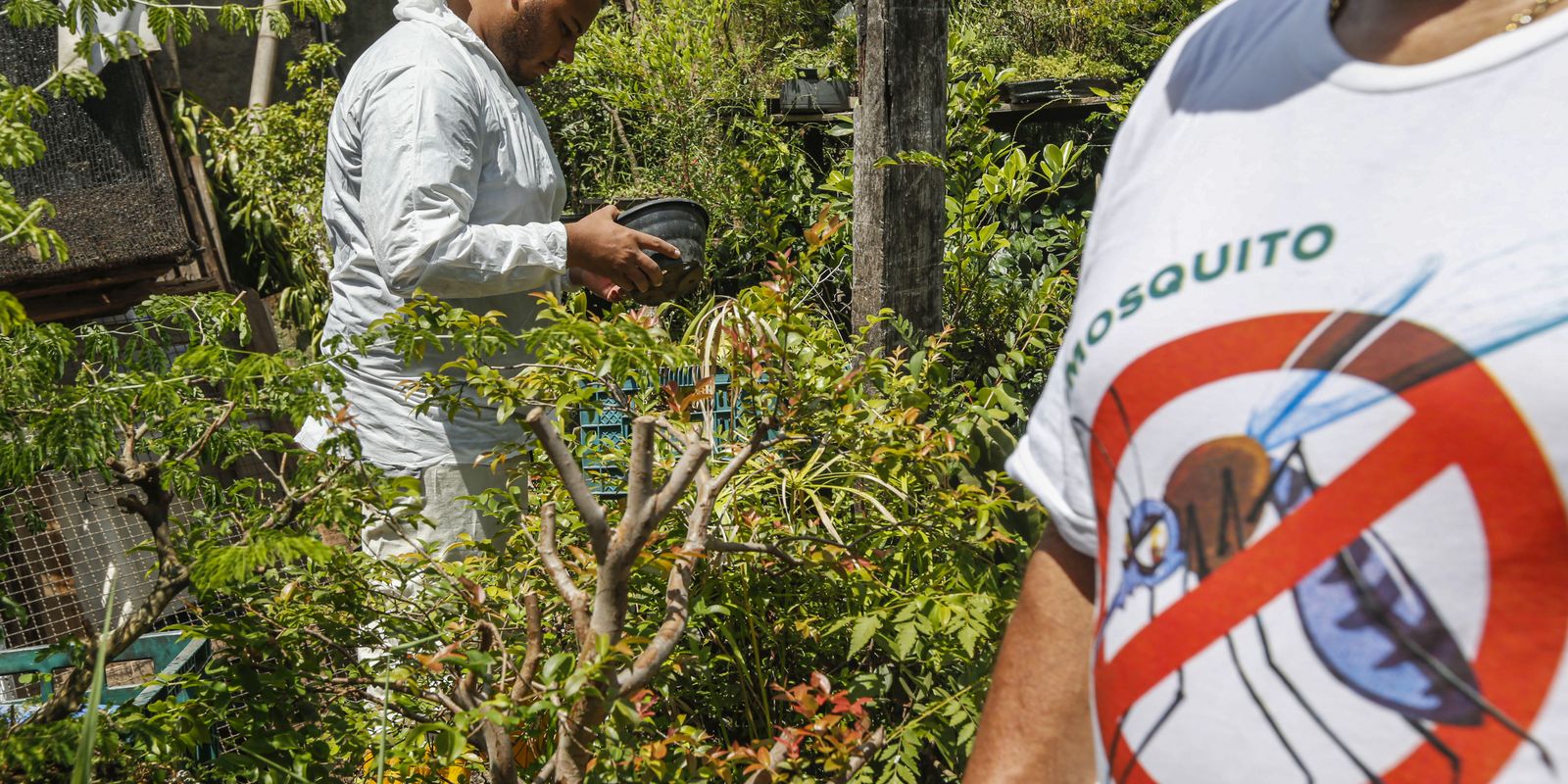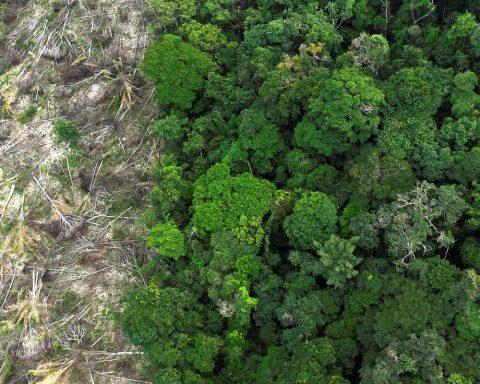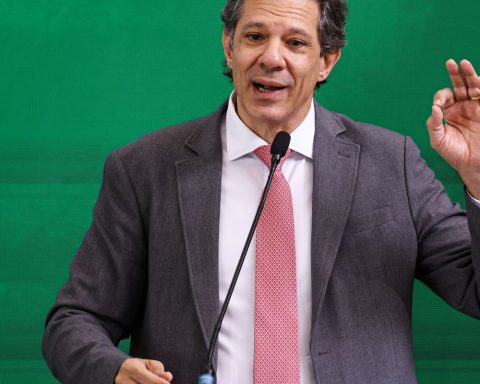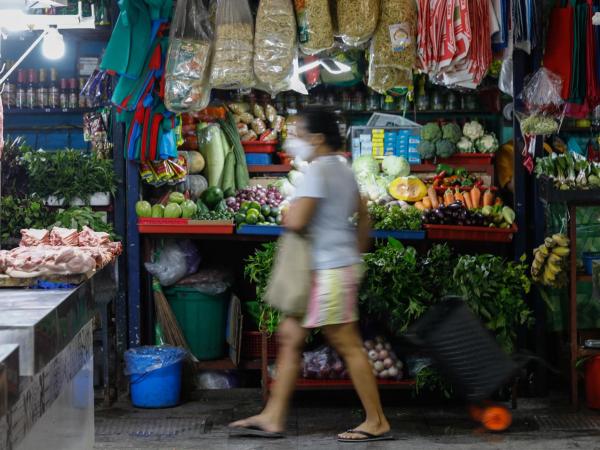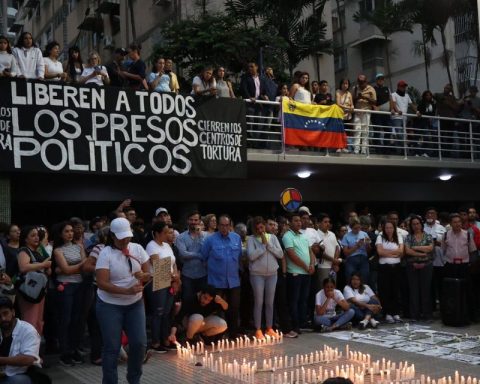Minas Gerais will receive new technologies to control dengue fever and other arboviruses, such as chikungunya, zika and Oroporuche fever, all transmitted by mosquitoes.
According to the Ministry of Health, the capital Belo Horizonte and the municipality of Contagem will now have larvicide dissemination stations, in addition to the expansion of the Wolbachia method and indoor residual spraying.
In 2024, the state recorded almost 1.7 million probable cases of dengue, in addition to 1,121 confirmed deaths from the disease. The dengue incidence rate in Minas Gerais ended last year as the second highest, 7,948 cases for every 100,000 inhabitants, behind only the Federal District. In the first four weeks of 2025, Minas Gerais is already among five states that account for 76.3% of chikungunya cases.
The implementation of new technologies for dengue vector control is part of the Action Plan to Reduce the Impacts of Arboviruses 2024/2025, announced last year by President Luiz Inácio Lula da Silva and the Minister of Health, Nísia Trindade. This Thursday (9), the folder installed the Emergency Operations Center for Dengue and Other Arboviruses.
New serotype
Folder data shows that the dengue serotype 3 recorded an increase amid positive tests for the disease in Brazil – especially in the states of São Paulo, Minas Gerais, Amapá and Paraná. The increase was mainly registered in the last four weeks of December. The scenario worries Brazilian health authorities, as the virus has not circulated predominantly in the country since 2008.
Throughout 2024, the dengue serotype that circulated predominantly in Brazil was 1, identified in 73.4% of samples. “We are seeing a significant change towards serotype 3”, highlighted the Secretary of Health Surveillance, Ethel Maciel. “We have had 17 years without this serotype circulating in greater quantities. So, we have many susceptible people, who have not come into contact with this serotype and may have the disease.”
